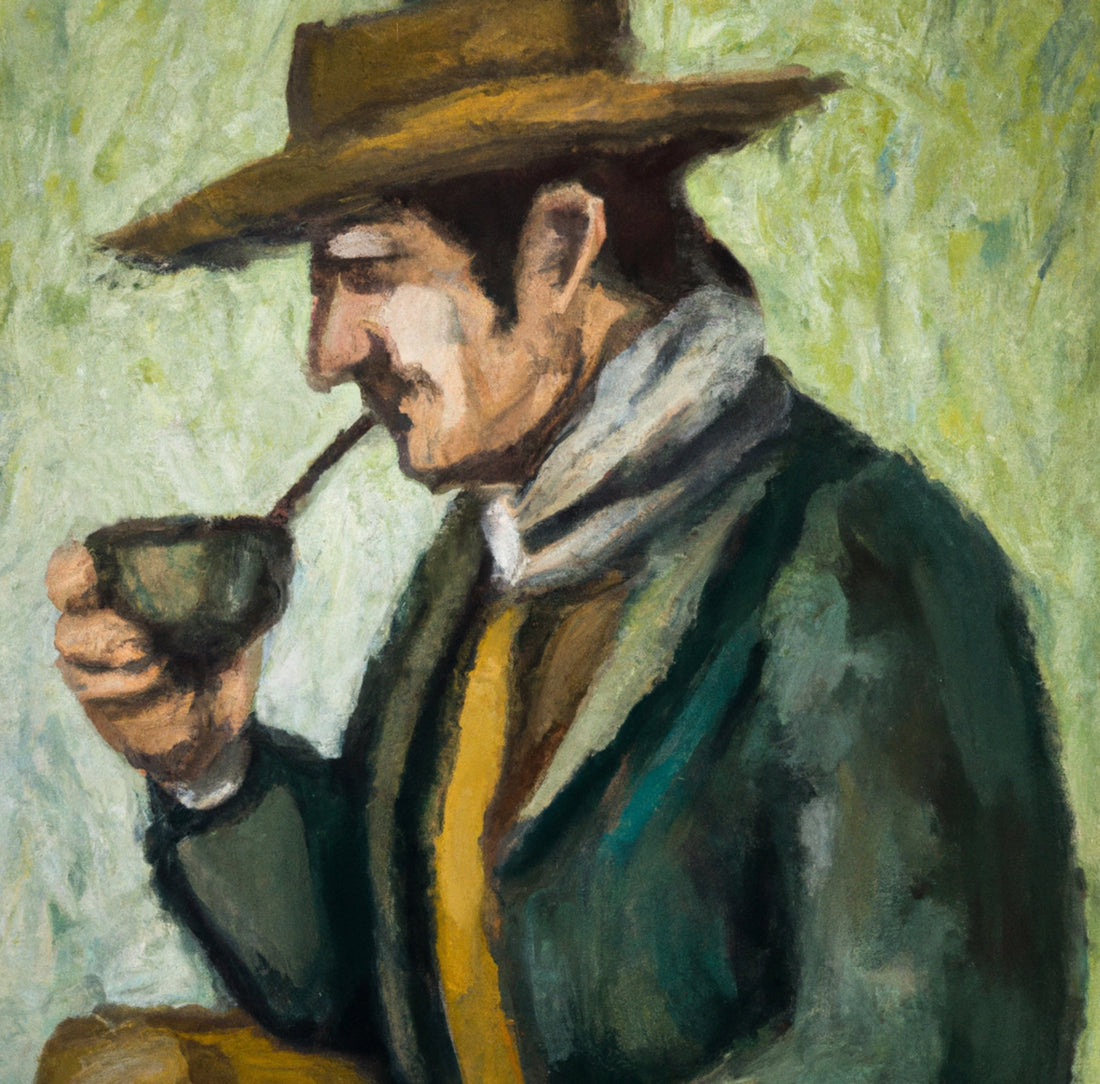There are plenty of guides available on how to brew yerba mate in a gourd, without much disagreement amongst them. My goal here is to illuminate some of the finer details, share my personal insights, and dispel some of the mythologies that complicate the process.
1. Filling the gourd. Not too much.
Filling up only half the volume of a gourd with dry yerba may seem scant at first, but once the leaves swell with water you’re left with enough room for a satisfying pour of more than one or two sips. For fine cut yerba, I fill the gourd half way, and for large cuts, I fill it 2/3 full. Due to the different densities, this generally amounts to the same total weight. Larger cuts swell just as much as smaller cuts, but since there is more room between each coarse leaf, it allows for plenty of steeping room.
2. Don’t remove the polvo (powder/dust)
If you feel the need to shake your yerba upside down to bring the finer particles and powder to the top, or even spit out the first few passes, consider trying a yerba with a coarser cut size, or perhaps a bombilla with more holes to prevent clogging. TYM styles labeled as “coarse cut” have very few small particles and very little dust.
If a yerba is powdery, the polvo is designed to be there and should be present in each sip. Traditional cuts labeled as “fine cut” have milled leaves added to enrich the body of each sip. If the montañita is designed correctly, a muddy wall is made that will not clog the bombilla or allow too much powder into the bombilla.
Instead of vigorously shaking it upside down, just cover the mouth of the gourd with your hand, tilt at a 45 degree angle, and lightly shake to shift the yerba toward one side. Or, just use your bombilla to shift the yerba and create the montañita. Then, wet the open side of your montañita with warm water and allow the leaves to swell over a few minutes. Finally, gently compress the leaves with your bombilla before tucking it underneath the montañita. Now you are ready to pour and drink. Both coarse and fine-cut/powdery yerba will work perfectly with this simple technique.
3. Timing and Water Temperature
The decision of what water temperature to keep in your thermos depends on a couple factors.
The first factor is the cut of the yerba. Large cut yerba allows water to seep into the deeper layers of your montañita, steeping more yerba at once and bringing out a more potent flavor in each steeping. Lower temperature water and a quicker steeping can temper this potency.
Finer cut and powdery yerba, despite being more concentrated, does not allow water to penetrate far past the muddy wall of the montañita, resulting in a lighter steep. Therefore, using hotter water and allowing the water to sit for a few moments before drinking will leads to the most satisfying flavor.
The second factor is the frequency of pours. If you are passing a gourd around a group without much time elapsing between pours, the heat in the leaves is retained and, therefore, lower temperature water is needed to bring out the ideal sip for each person.
If, on the other hand, you prefer to steep your gourd infrequently, pouring every once in a while, hotter water is needed to refresh the leaves that have cooled down since your last pour.
Altogether, these are my temperature recommendations for cut size and frequency of pours:
Large cut / quick -> 150°F
Small cut / quick -> 160°F
Large cut / slow -> 180°F
Small cut / slow -> 190°F
Consider that some heat is lost in the pour, in the steep, and in the sipping through the bombilla. The ideal temperature of the liquid that meets your lips is around 130-140°F, which has enough heat to send the volatile compounds through the sinuses for optimal taste sensation, and yet is tempered enough not to burn your mouth.

